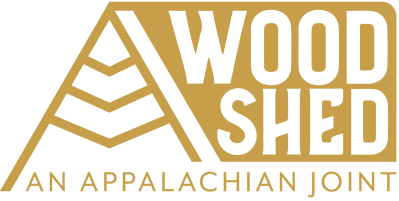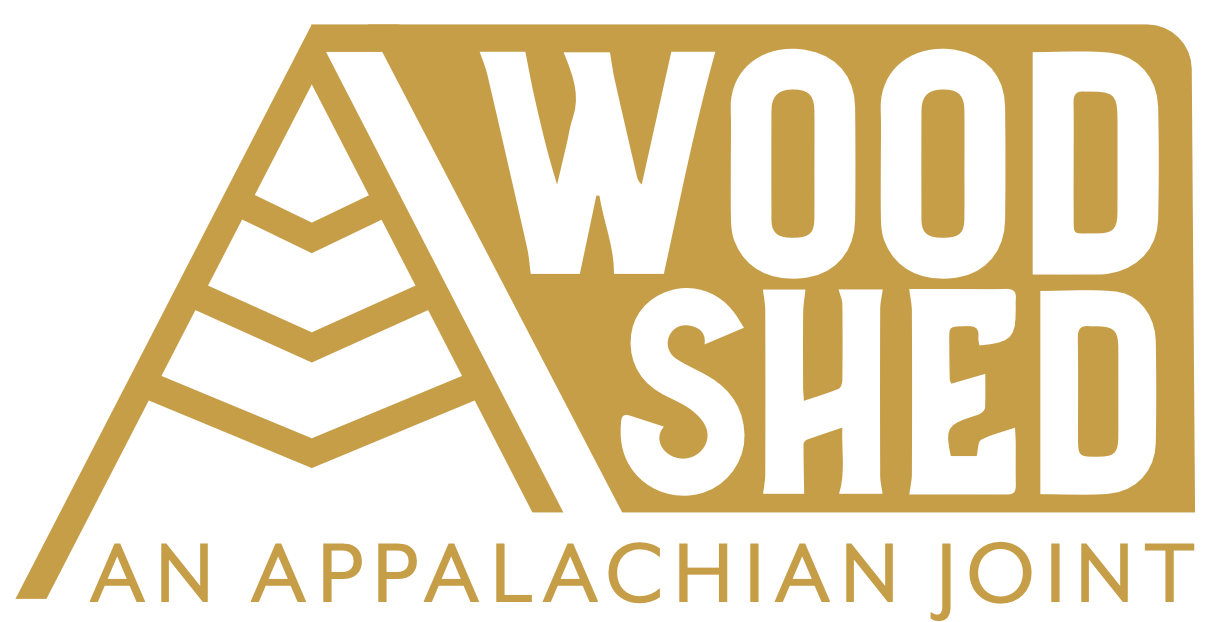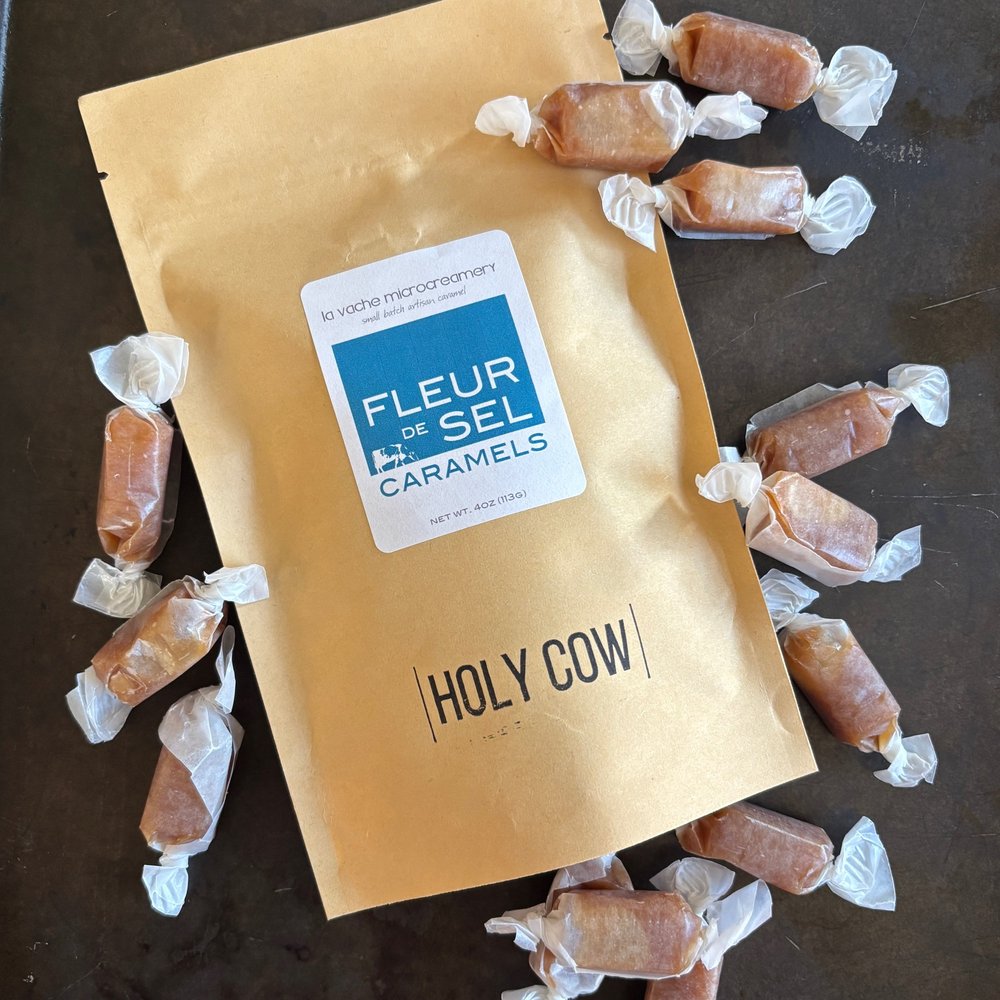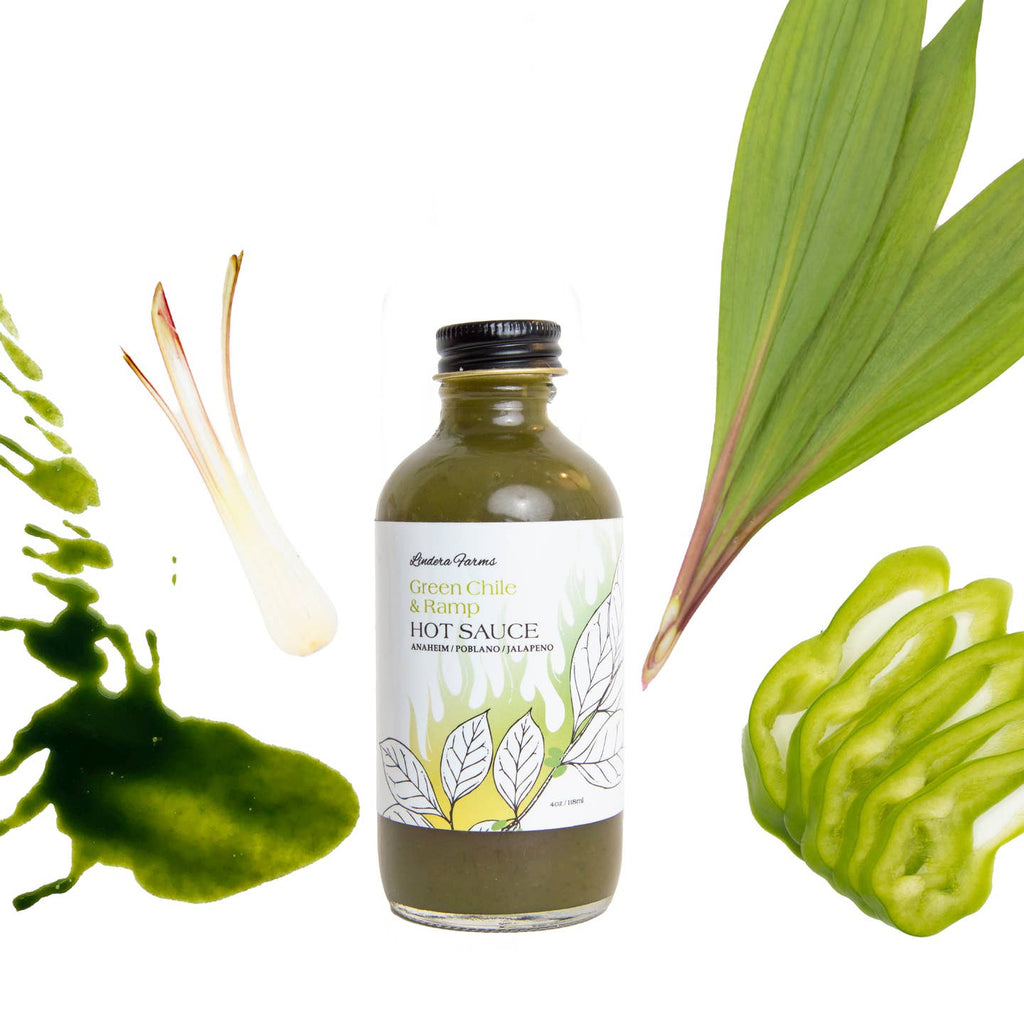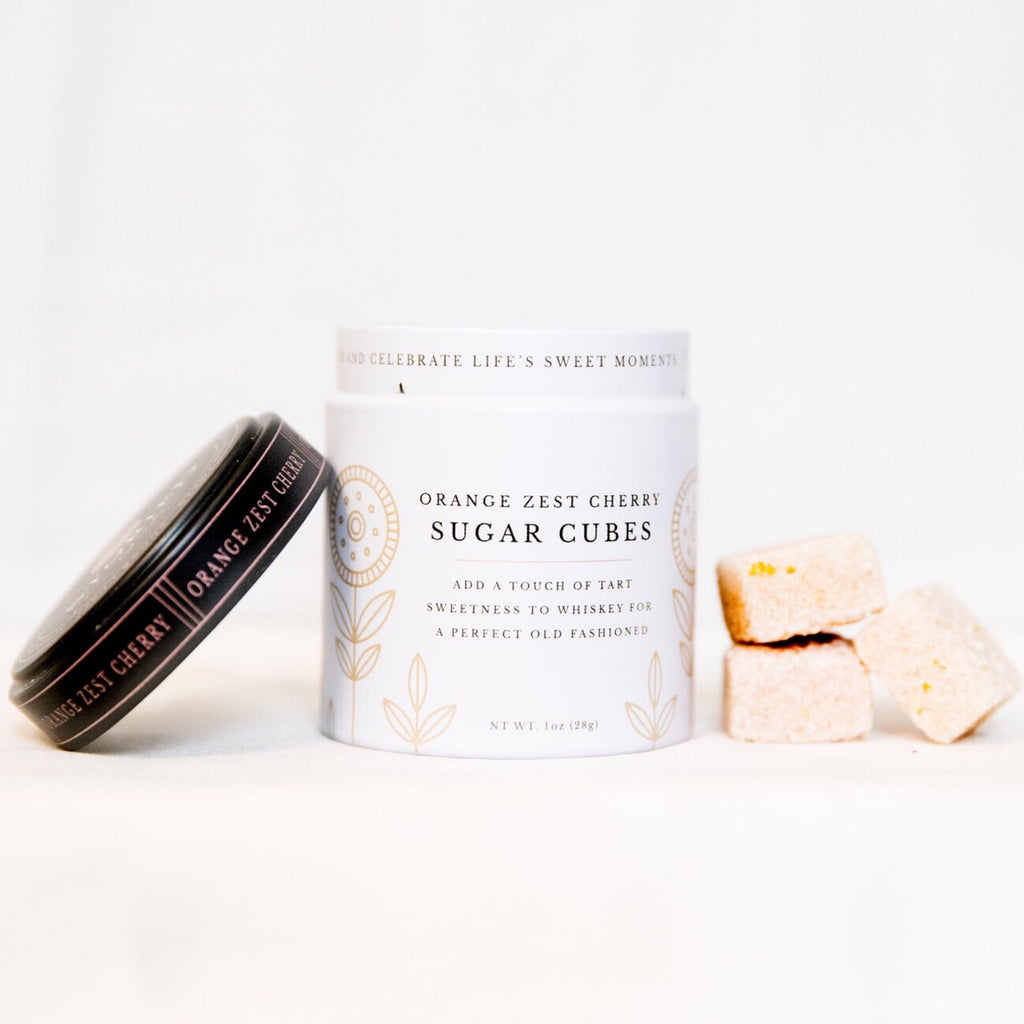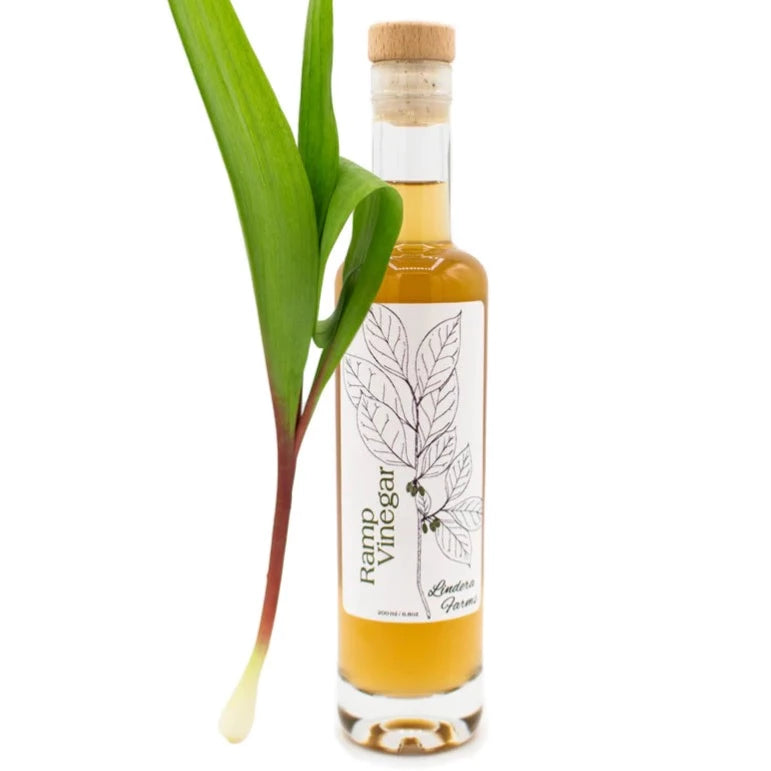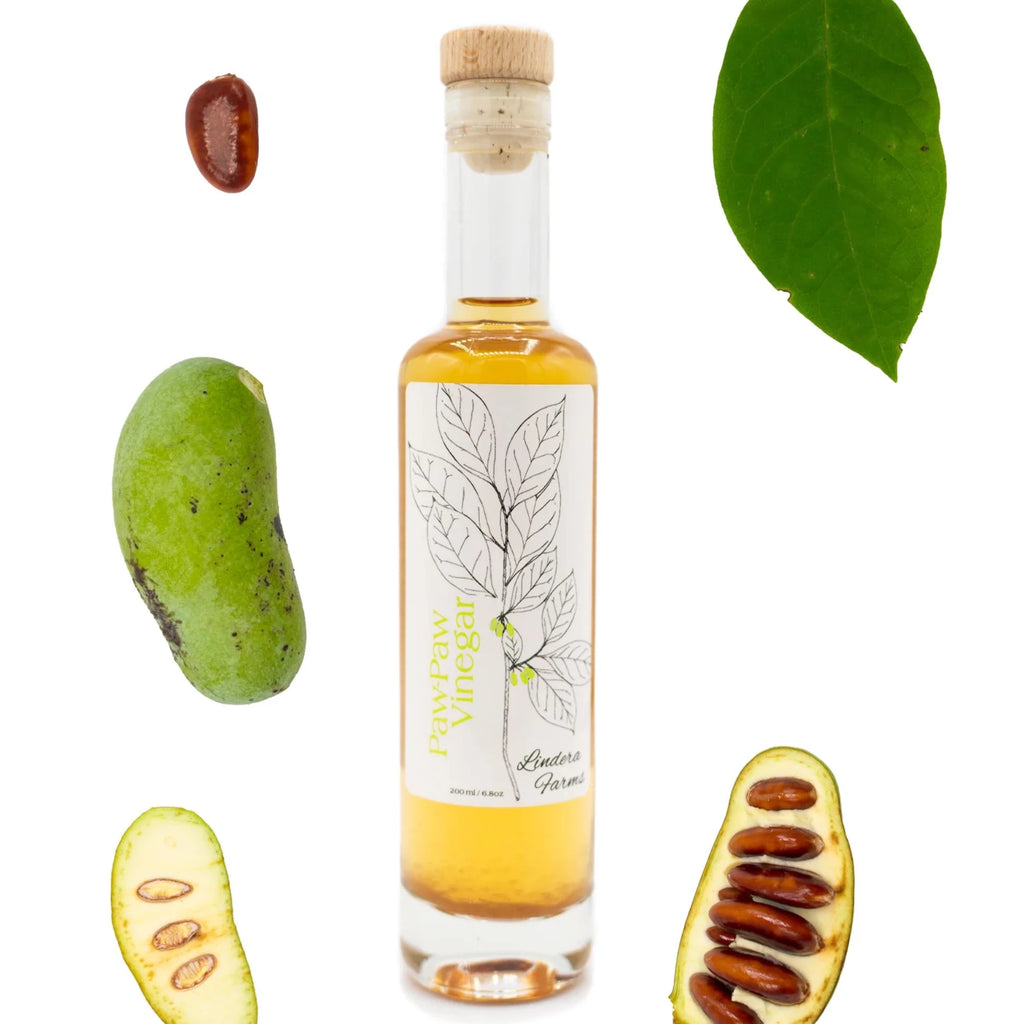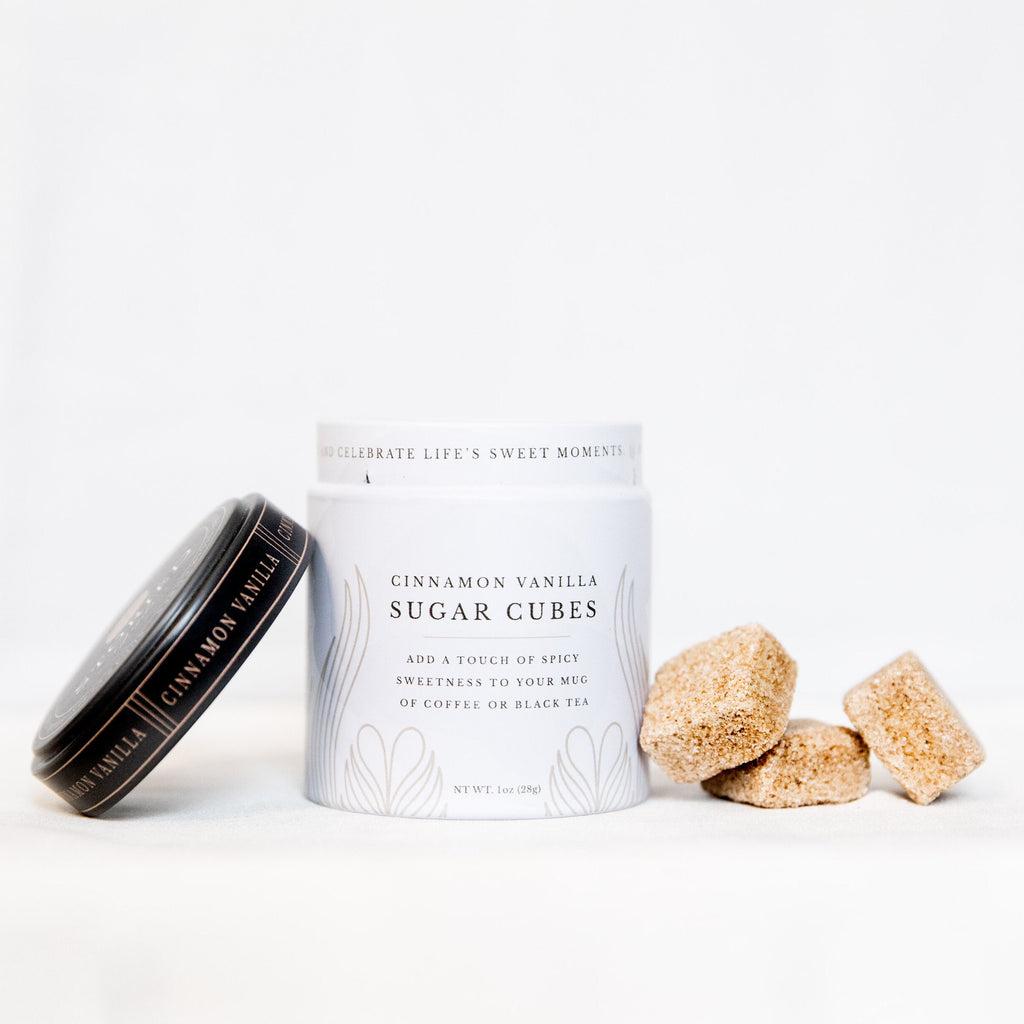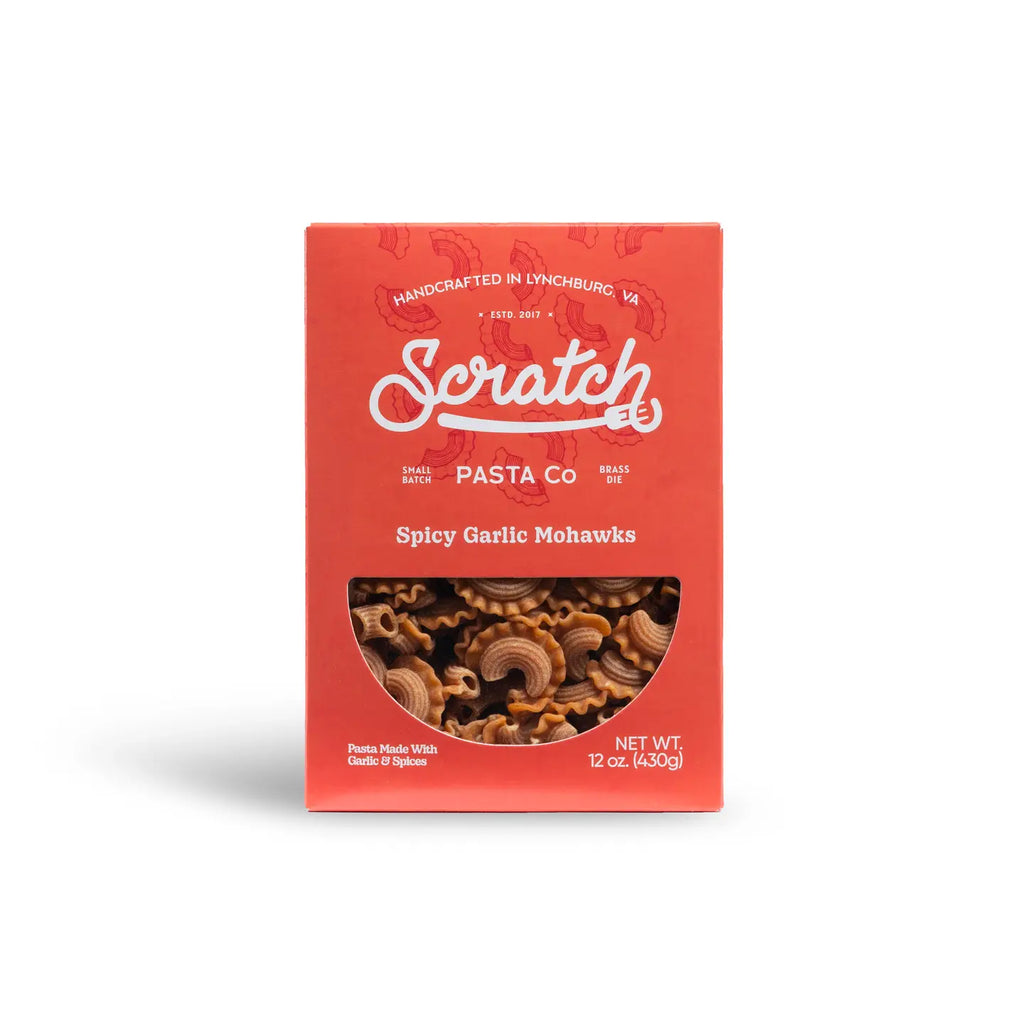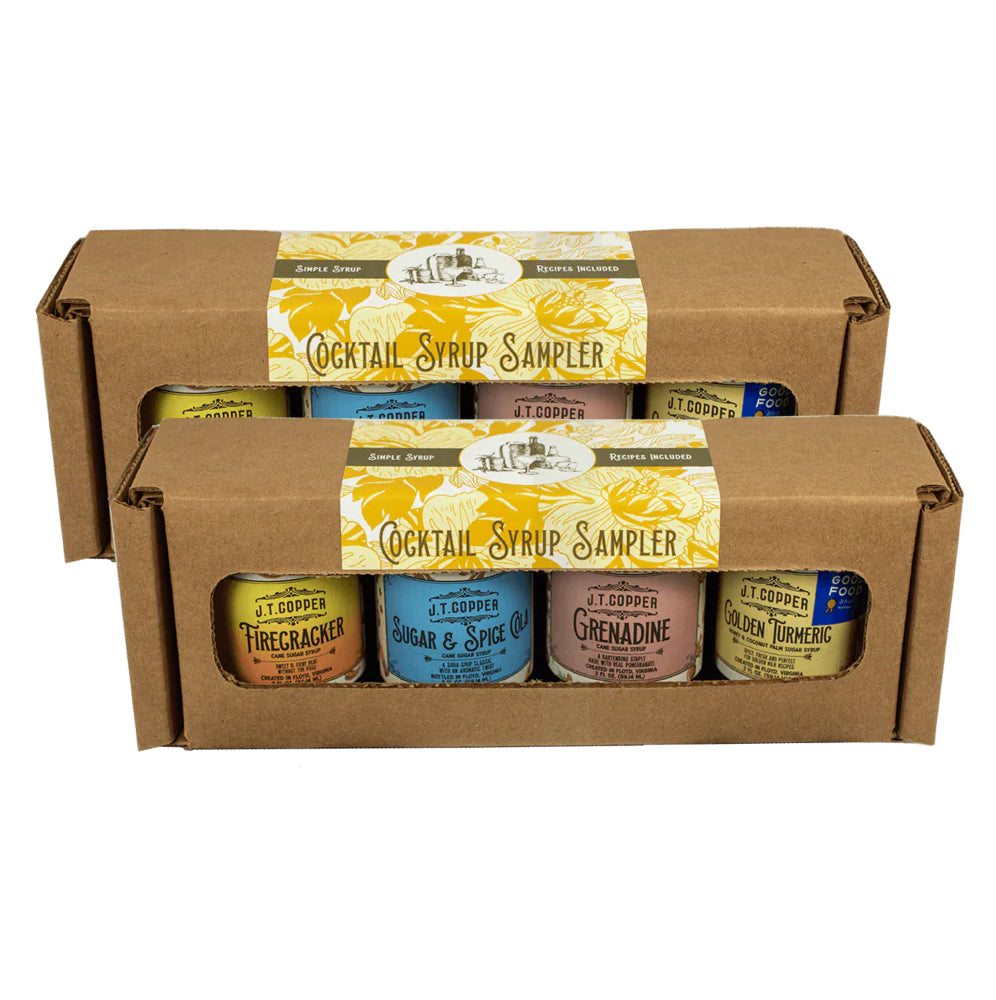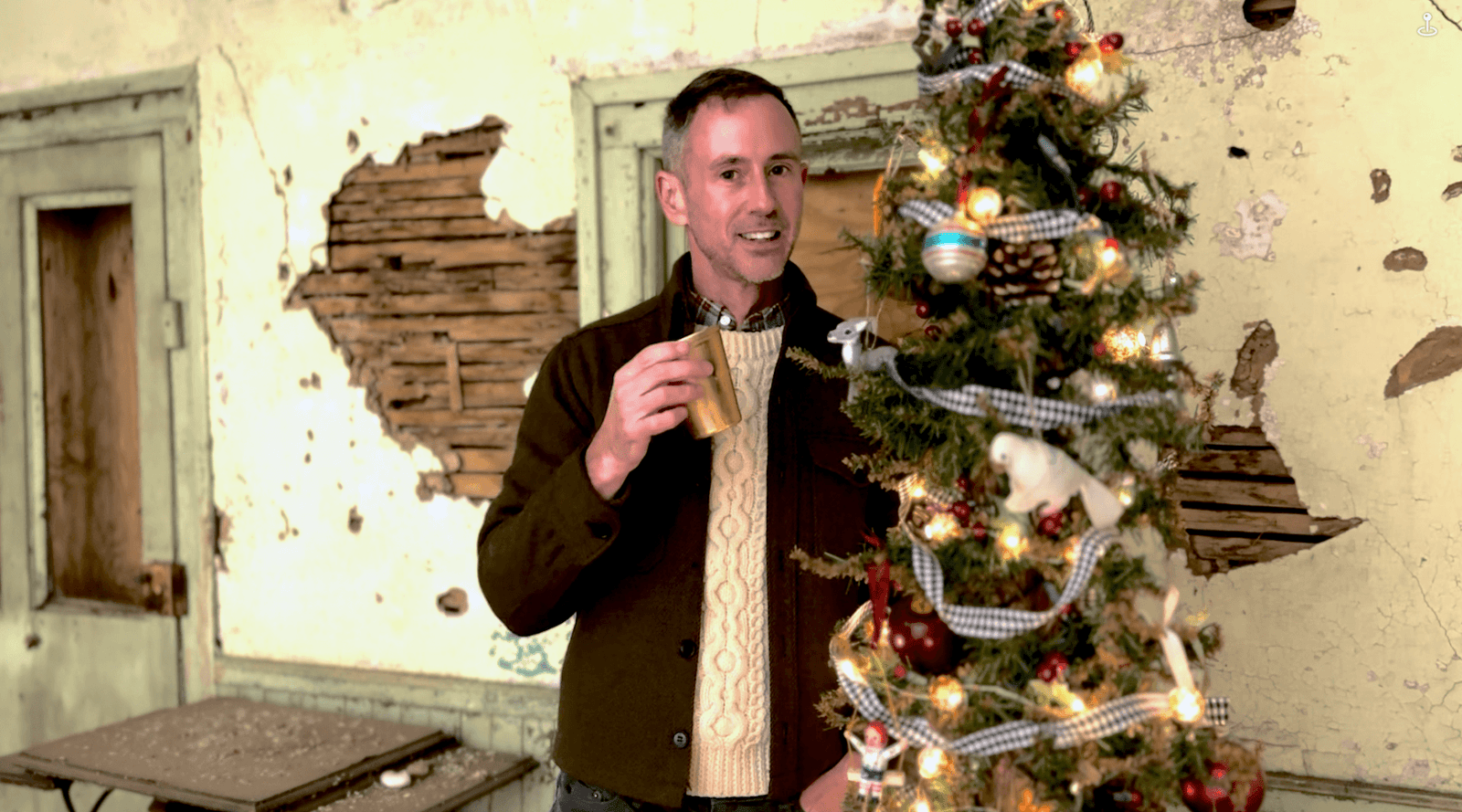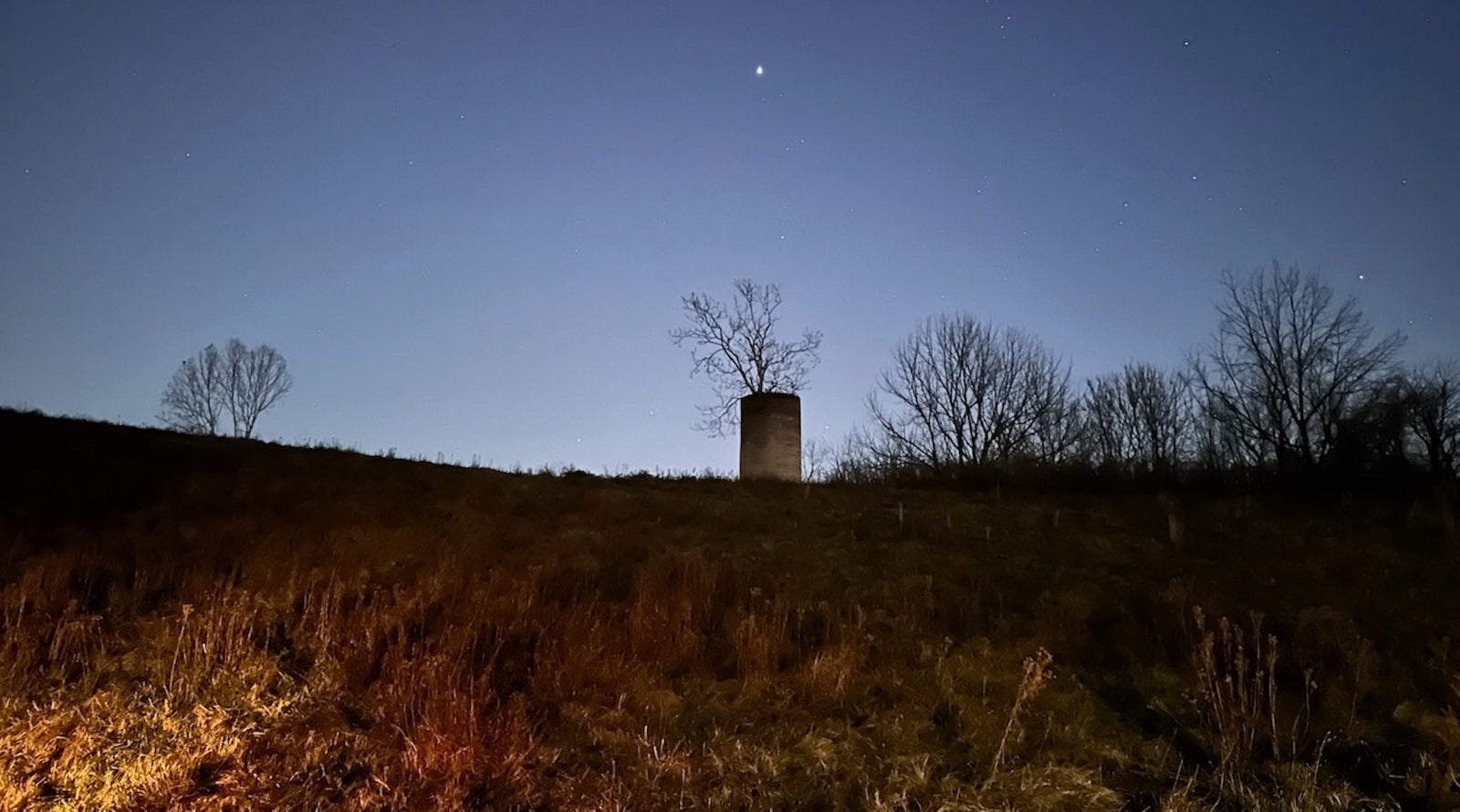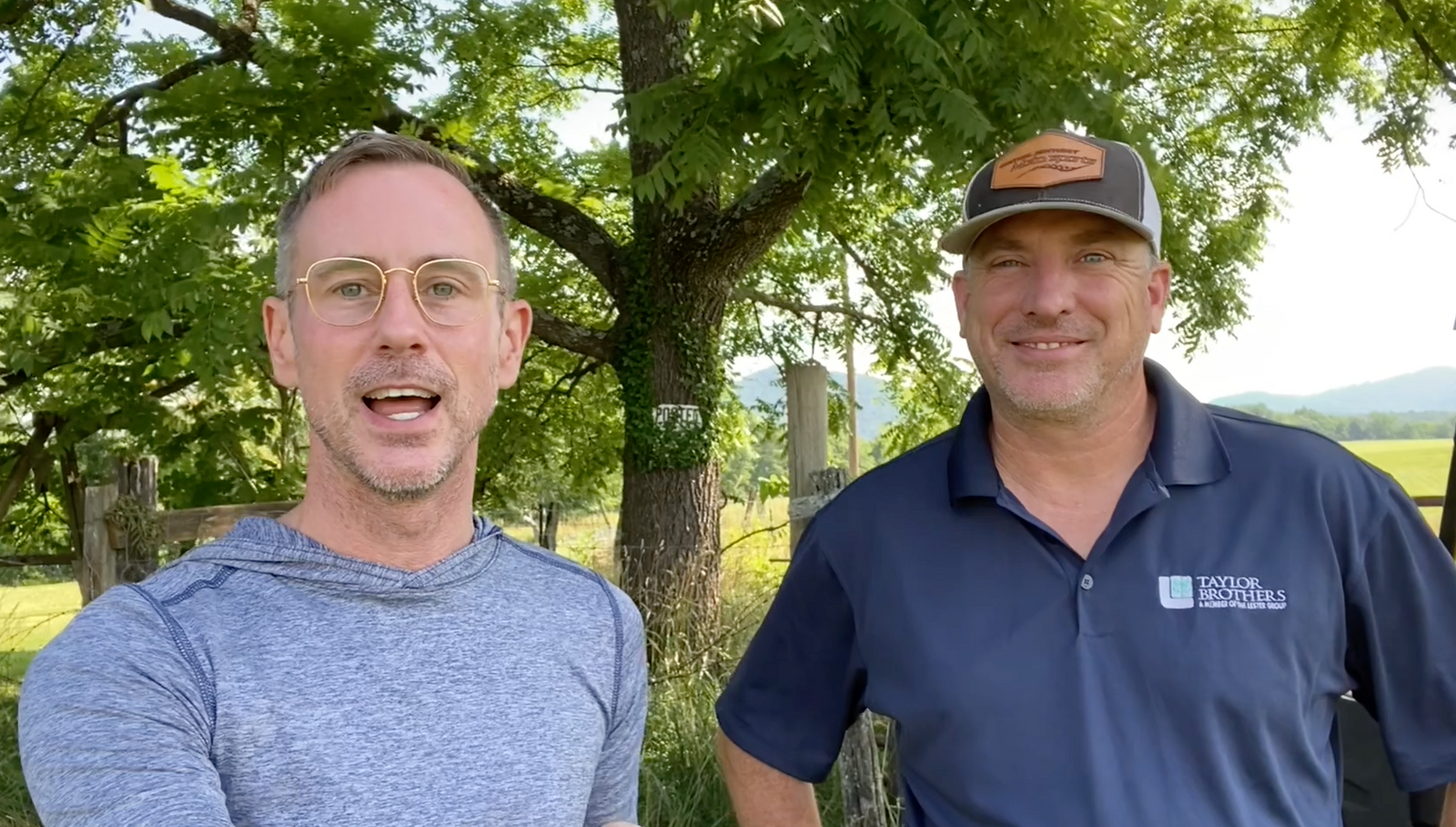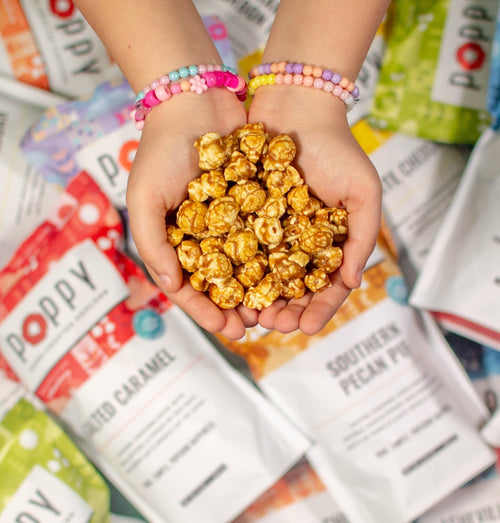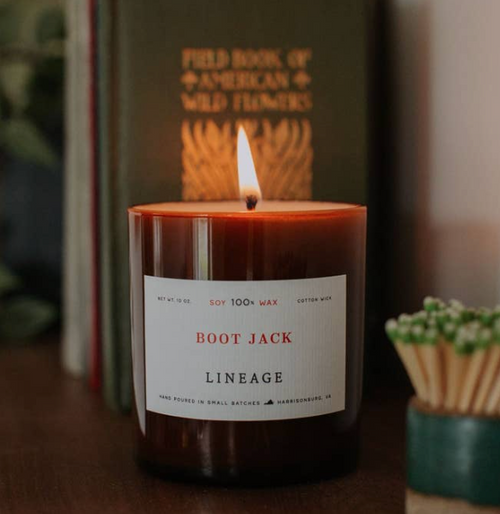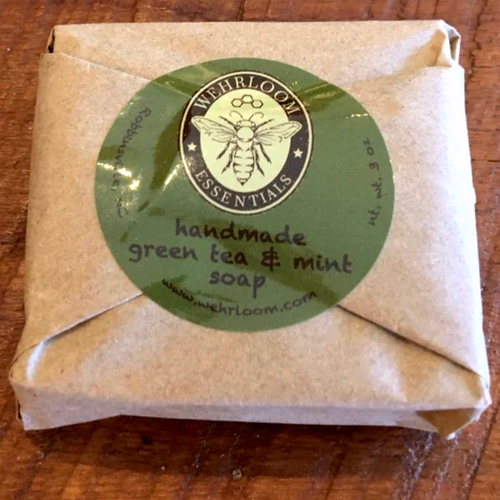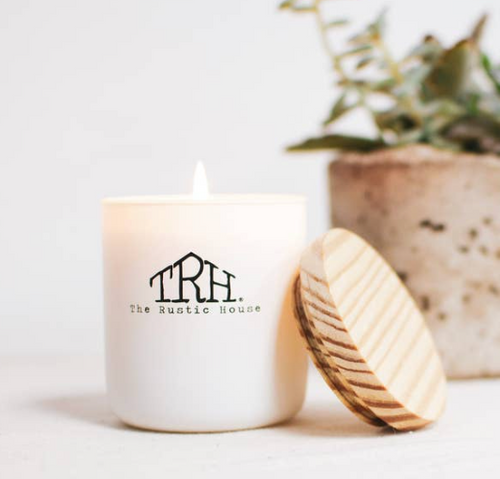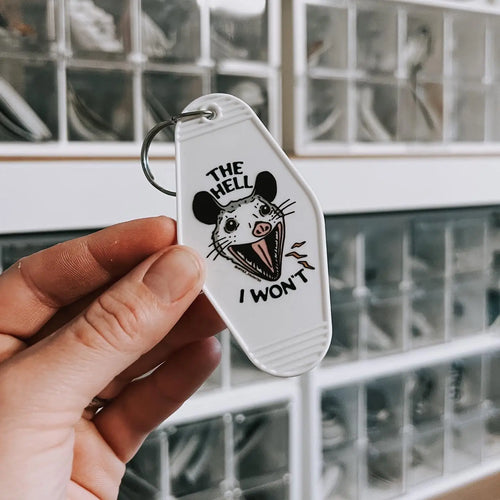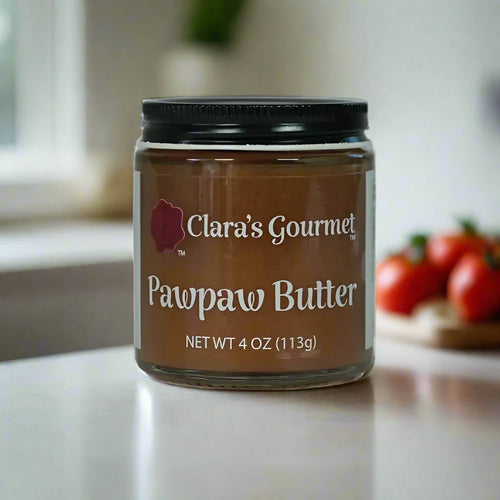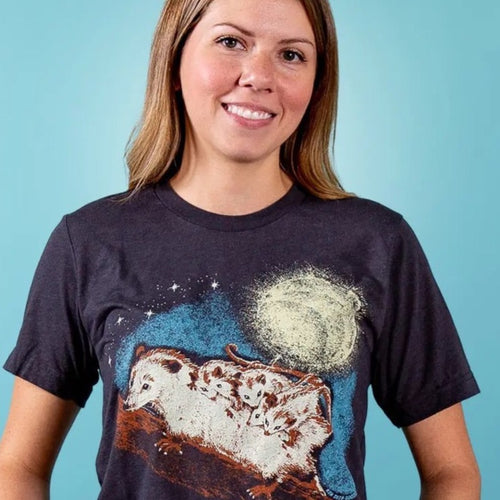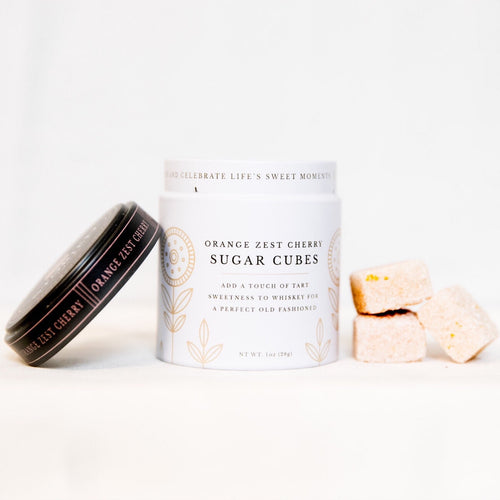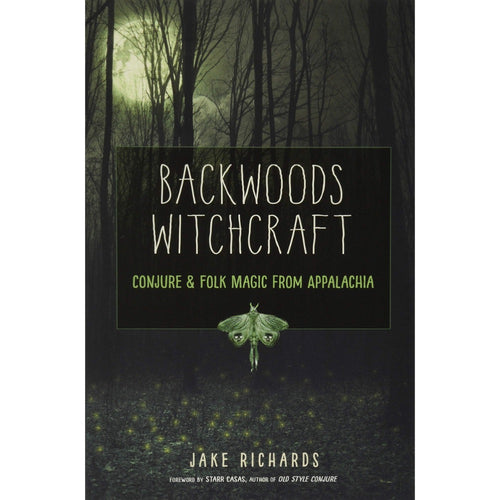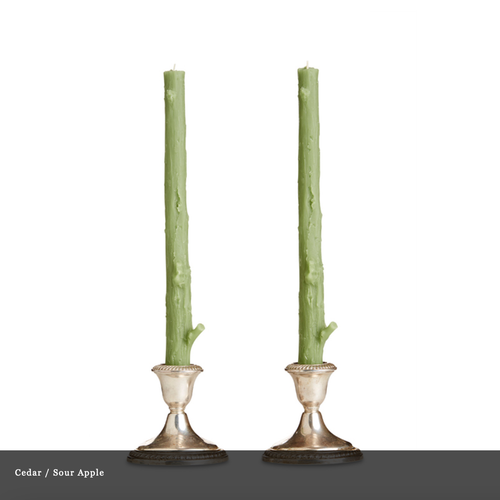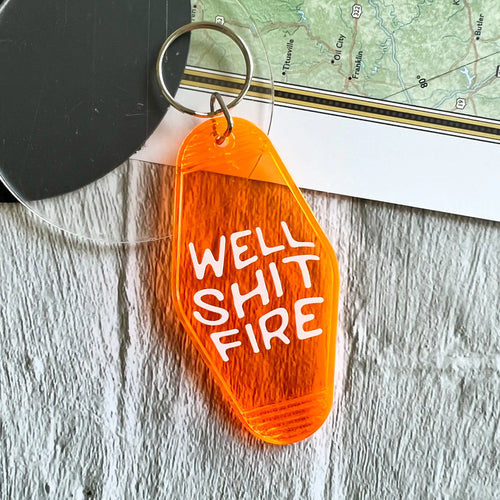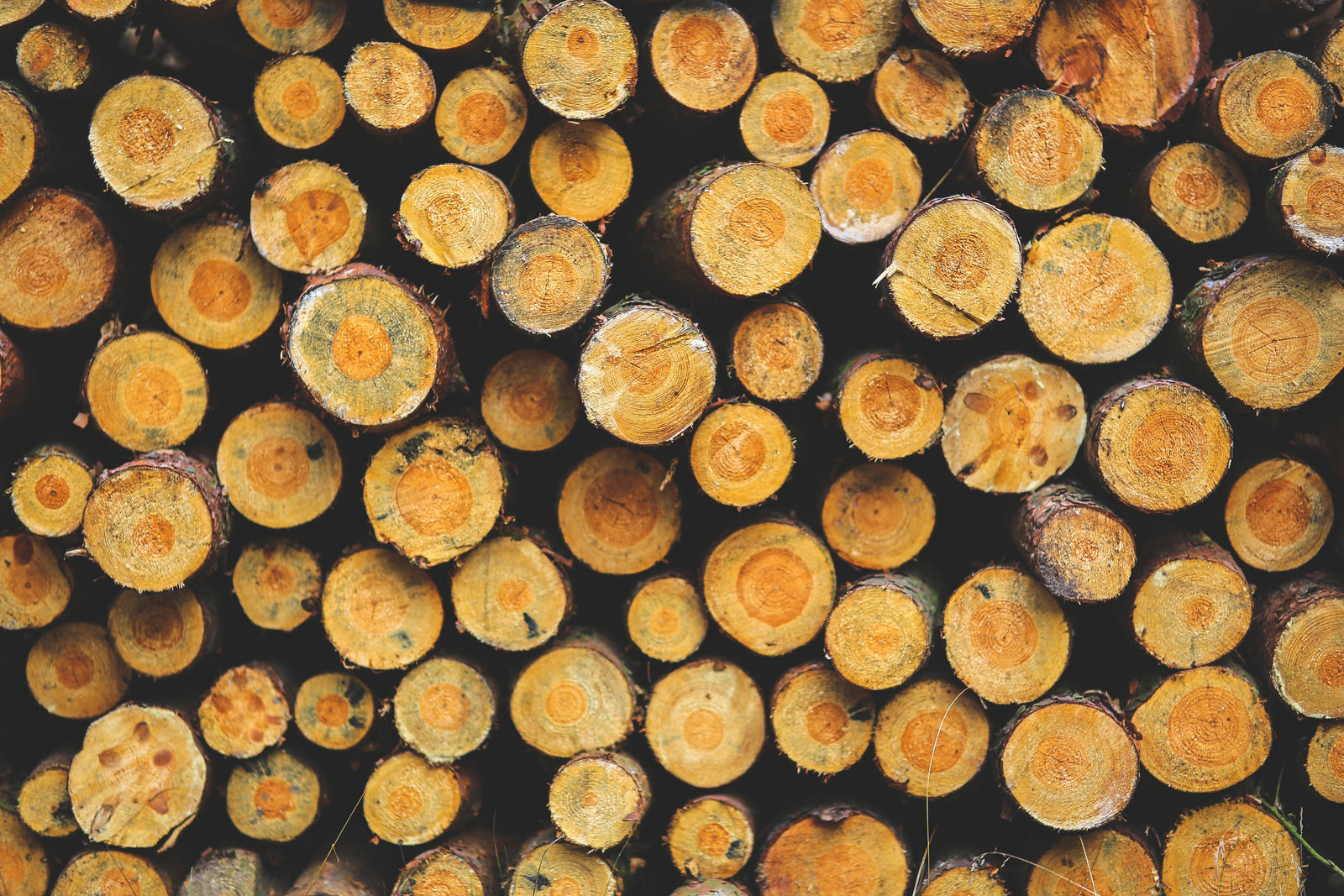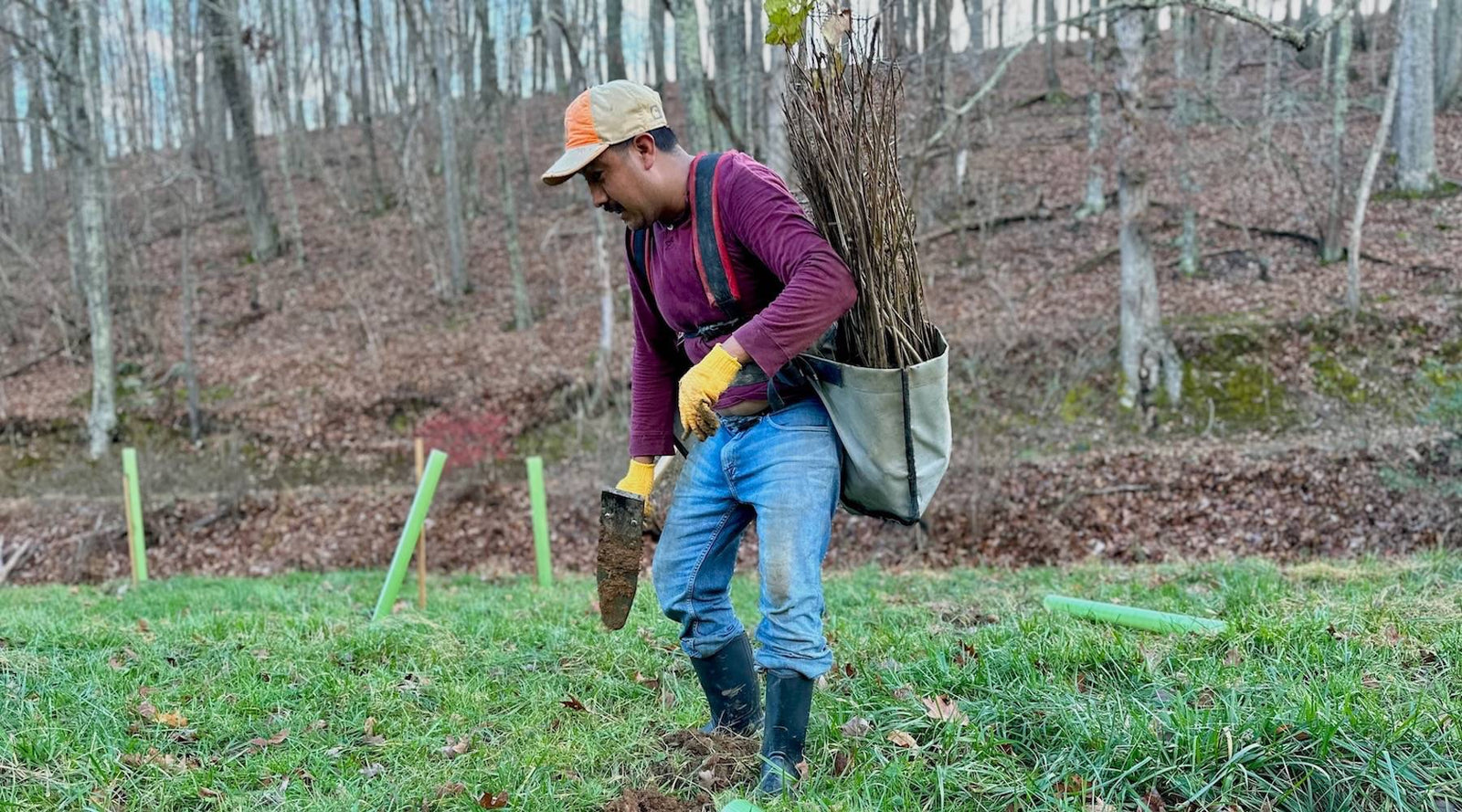
THE CREW FROM SHENANDOAH HABITATS PLANTS SAPLINGS IN BEDFORD, VIRGINIA.
“So what happened to the forest that was here before? My ancestors cleared it, which made a lot of sense. It was key to their survival.”
When my husband Alex and I bought my old family farm three years ago, about half of our 225 acres was pastures, which was much more open space than we needed. We knew we wanted to restore the forest that once covered our land, but we had no clue about where to start.
We could have foregone bush hogging, and trees would have returned gradually. But let’s be honest. I ain’t getting any younger. Hoping to grow a full-size forest before I go toes up, I began combing the internet for planting programs.
Turns out, a lot of institutions will loan you large sums of money at exorbitant interest rates to plant trees. That was a no-go.
Then I discovered a too-good-to-be-true USDA program. It claimed it could plant a bunch of trees on the goverment's dime. I reached out to our USDA district conservationist, fully prepared to be disappointed.
Boy was I wrong.
In December 2024, without spending a penny of our own money, we had 8,500 saplings planted on our land. It was the program’s largest known project on individually-owned property in the Roanoke, Virginia metro.
The best part: As this new forest grows, it will restore nature’s balance in an area that was clear-cut by my ancestors nearly two centuries ago. They were farmers, of course. For them, open pastureland was a necessity. But I work from a sofa on a laptop, usually with a puggle by my side. I don't need acre after acre of open farmland.
One special tree — the American chestnut hybrid — was among the dozens of native species we added. The American chestnut once comprised about a third of the Eastern Deciduous Forest in the U.S. It was a cornerstone of wild animals’ diets and a coveted building material due to its very hard wood. A foreign blight effectively made these trees extinct in the first half of the 20th century.
Today, the original American Chestnut tree cannot grow past the size of a shrub before succumbing to this disease, but these new hybrids are more blight resistant. We can’t wait to see how they do.
In addition to this giant planting project, we’re also working with Blue Ridge Land Conservancy to protect our land using a conservation easement. The easement will be in effect in perpetuity, meaning that, as long as there’s a U.S. legal system, our forest will be protected from development.
MADE IN VIRGINIA
Every purchase helps keep our Appalachian magazine alive, thriving, and free to readers like you.
If you’d like to explore trees through the Conservation Reserve and Enhancement Program, contact your area USDA Service Center.
If you’d like a company to plant trees for you, Shenandoah Habitats, the one that planted ours, is amazing.
If you’re interested in protecting your forest or farmland with a conservation easement, search for “conservation land trusts” in your area. We’ll share details about our easement in the future, but three important things to note:
1) Even with the easement, you still own your land.
2) Through federal tax deductions and the sale of state tax credits, a conservation easement can actually generate significant revenue.
3) A conservation easement doesn’t prohibit all development. Working with a land trust, you can carve out areas for light development while protecting most of your land forever.
